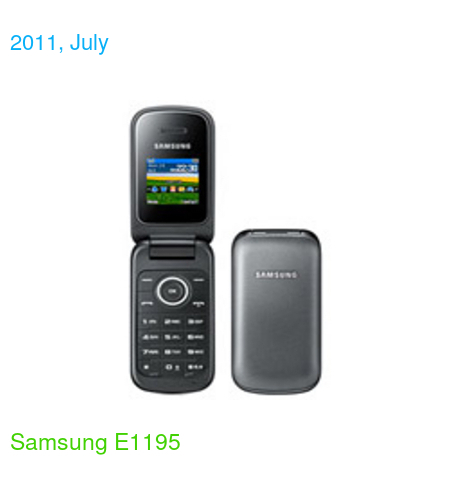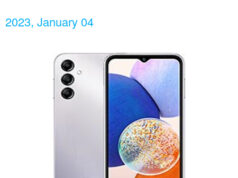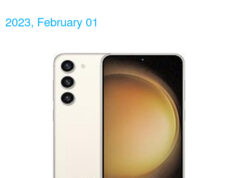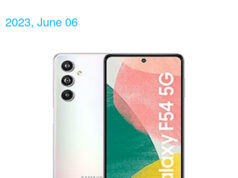| NETWORK | Technology GSM |
| Weight | 71 g (2.50 oz) |
| SIM | Mini-SIM |
| DISPLAY | Type CSTN, 65K colors |
| Size | 1.43 inches, 6.6 cm2 (~17.0% screen-to-body ratio) |
| Resolution | 128 x 128 pixels, 1:1 ratio (~127 ppi density) |
| MEMORY | Card slot No |
| Phonebook | 1000 entries |
| Call records | 20 dialed, 20 received, 20 missed calls |
| Internal | 8MB |
| CAMERA | No |
| SOUND | Loudspeaker Yes |
| COMMS | WLAN No Bluetooth No Positioning No Radio FM radio USB No |
| FEATURES | Sensors Messaging SMS Games Yes Java Yes Organizer Voice memo Predictive text input |
| BATTERY | Type Removable Li-Ion 800 mAh battery Stand-by Up to 610 h Talk time Up to 8 h 30 min |
| MISC | Colors Black, Red |
Specifications data description of this 📱Samsung E1195📱
Title: Unveiling the Specifications of a Classic Device: A Comprehensive Review
Introduction
In this digital age, mobile devices have become an integral part of our lives. While the market is saturated with advanced and feature-rich smartphones, there’s something uniquely appealing about classic devices. Today, we will take a trip down memory lane and explore the specifications of a classic device that left a significant impact on the mobile phone industry.
Lineup
Launched in an era when mobile phones were primarily used for communication, this device was a game-changer. The manufacturer introduced this device as part of its classic lineup, and it quickly gained popularity due to its compact design, user-friendly interface, and reliability.
Design
The device boasted a sleek and compact design, making it easy to carry around. Weighing only 71 g (2.50 oz), this device was lightweight and perfect for those who preferred a simple and straightforward mobile phone. The 1.43 inches, 6.6 cm2 (~17.0% screen-to-body ratio) display was small yet sufficient for basic functions like calling, messaging, and even playing simple games.
Specifications
🌐 Network, Launch📅:
This device supported GSM technology, which was the standard for mobile communication at the time. It was launched without much fanfare but quickly gained popularity due to its robust network connectivity.
🏋️ Body:
The device featured a Mini-SIM card slot and was available in two colors: Black and Red.
🌈 Display:
The display was a CSTN type with 65K colors, offering a decent visual experience for a device of its time.
🤖 OS 🛠️:
The device ran on a simple and efficient operating system tailored for basic functions like calling, messaging, and managing contact information.
🚀 Chipset 🔧:
The device featured a basic chipset, which was sufficient for its intended functionality.
💪 CPU 🖥️:
The CPU was designed to handle basic tasks, ensuring smooth performance for everyday use.
🎮 GPU 💻:
While the device was not designed for graphic-intensive applications, it featured a basic GPU to support its simple interface.
🧠 Memory 🗂️:
The device offered a limited yet sufficient 8MB of internal storage for essential applications and user data.
📷 Camera 🎥:
The device did not have a built-in camera, which was common in mobile phones of this era.
🔈 Sound 🎵:
Despite its simplicity, the device featured a loudspeaker for clear and audible sound during calls and multimedia playback.
📡 Comms 📶:
Connectivity options included FM radio and support for basic data transfer via USB.
💡 Features 🎁:
The device featured essential features like messaging, games, a predictive text input method, and a basic organizer for managing daily tasks.
🔋 Battery 🔌:
The removable Li-Ion 800 mAh battery offered a standby time of up to 610 hours and a talk time of up to 8 hours and 30 minutes.
Conclusion
While the device may not compare to today’s advanced smartphones, its specifications were impressive for its time. Its compact design, user-friendly interface, and reliability made it a popular choice among users who preferred a simple and straightforward mobile phone.
Do you have a favorite classic mobile phone? Share your memories and experiences in the comments below!







